Hawaiian Air Tour EC130T2 Hard Landing after Power Loss – Part 2: Survivability (Blue Hawaiian N11VQ Kauai)
On 17 January 2016 Airbus Helicopters EC130T2 N11VQ, operated by Blue Hawaiian Helicopters (an Air Methods subsidiary), crashed near Hanalei, Kauai, Hawaii during a Part 135 air tour flight. The pilot and six passengers were all seriously injured. In this, the second of two articles, we look at the survivability issues in more detail.
The Accident Flight
The US National Transportation Safety Board (NTSB) explain in their safety investigation report (issued 25 August 2020):
The pilot reported that, about 25 minutes after departure for the sightseeing flight, the helicopter was about 1/4-mile offshore NW of the Honopu Sea Arch between 1,300 ft and 1,400 ft mean sea level (msl) when he heard the low rotor rpm aural warning horn. The first indication of an inflight loss of power was an uncommanded right yaw that occurred at 14:31:31.
The pilot entered an autorotation, initiated a 20° right turn turned toward shore and made a distress call.
After about 11 seconds, the coastline became discernable and revealed a rocky, unsuitable landing area. At 14:32:08, the helicopter had entered a 45° right bank, altitude was 275 ft, airspeed was zero, and the helicopter was maneuvering toward a sandy beach area. About 3 seconds later, the LIMIT (servo limit) light illuminated, the helicopter entered a near-level pitch attitude, airspeed was near zero, and rotor speed was around 200 rpm.
Initial ground impact was at 14:32:13 and the rotorcraft was at rest at 14:32:15.
All occupants were seriously injured.
NTSB Probable Cause
Part 1 of our article looked at the cause of the power loss. The NTSB Probable Cause was:
The fatigue failure of the engine fuel pipe as a result of vibration caused by a worn starter-generator front bearing support, which excited the fuel pipe and caused it to oscillate at a resonant frequency, and a subsequent loss of engine power due to fuel starvation.
However, the NTSB go on to note that:
Contributing to the severity of passenger injuries was the improper positioning of the passengers’ seat belts.
They however do not give credit to the design of the EC130 which allowed all the occupants to at least survive a very high g impact.
NTSB Safety Investigation: Survivability
When the wreckage was examined:
The tail skid was bent up into bottom of the fenestron and the bottom of the fairing displayed a 20-inch crack in the longitudinal direction. The tail boom was symmetrically buckled on the left and right sides at the intermediate structure attach point and had significant buckling at the bottom. The rear fenestron drive shaft support bracket displayed a slight buckle. The engine deck was slightly buckled aft of the rear engine support. Plastic deformation of the engine support in the aft direction was observed. The right transmission bay, transmission support rod, and lower rod end rivets had sheared along the support tube axis. The main gear box (MGB) right support rod was deflected 24 mm at the largest point (mid span). The right cargo bay had no noticeable buckling of the X-wall. The cockpit center console’s forward upper mount plate was buckled on the right side. The left MGB support rod rivet heads were sheared. The left cargo bay displayed buckling of the X-wall at the lower aft corner. The left firewall had buckled along the lower edge. There were two areas of slightly buckled skin indentations on the fuselage transition area. The helicopter sat with a 5° list to the right.
Of note is that:
The crashworthy fuel tank displayed no deformation or leaking of fuel.
The Zodiac Seats France (formerly Sicma Aero Seat and now part of Safran) seats were examined.
The front ones were T198 seats and the rear seats were T284s.
These consist of a…
…composite bucket affixed to a structural frame composing both the seat legs and seatback supports. The seatback supports contained energy absorbing features in order to meet the requirements referred to in 14 CFR sections 27.785, 27.561, and 27.562. The EC130T2 [FAA] certification basis was 14 CFR 27 amendment 27-1 through 27-32 effective June 11, 1996.
Corrugated absorption devices and fuses were built into either side of seatback supports (total of two in each seat) to absorb energy in event of high vertical loading.
The composite seat bucket was affixed to the seat frame on a set of tracks via two “bucket fixings” and plastic bushings (rollers).
When subjected to high vertical loads, these features allowed the bucket to move downwards while the absorption devices deformed (i.e. stretched) and absorbed vertical energy. The undeformed dimension of the absorption devices was 10.7cm.
Additionally, the seat foam and upholstery are considered part of the seat design and certification.
[T]he two models of seats…were certified to European TSO C127a for dynamic conditions of a 30g downward test with the seat pitched upwards at 60°, and an 18.4g forward dynamic test both using a 170-pound anthropomorphic test device.
During the investigation:
The helicopter cabin was scanned using a 3D handheld laser [after the removal of the seats], and all the seats were laser scanned. Pitch & roll angles were similar for all the seats. No external impacts to any of the seats was observed. All seat equipment was installed correctly…
Cabin of Blue Hawaiian Helicopters Airbus EC130T2 – Seat Cushions Have Been removed – Note Varied Seat Stokes (Credit: NTSB)
The following table documents the postaccident configuration of each seat.
The helicopter seat designated numbers are as follows; the pilot seat in the front left, seat Nos. 1 and 2 were front center and right, respectively; seat Nos. 4, 5, 6, and 7 were the rear seats numbered right to left, sequentially (Note: Seat No. 3 is used in some configurations, but was not installed in the accident helicopter).
The stroke is the measured downward displacement of the seat as a result of vertical accelerations, and the fuses are metal links that release once a specified amount vertical force is experienced allowing the seat to stroke downwards.
Two major types of [seat] deformation were observed: downward deformation affecting the length of the absorption devices and forward deformation of the upper seat axis.
Six of the seven helicopter occupants were diagnosed on the day of the accident with thoracolumbar compression fractures. The seventh was diagnosed several weeks later.
With the exception of the occupant of seat No. 1 (who became paraplegic), the occupants remained neurologically intact. The occupants in seat Nos. 2 and 7 had fractures at multiple vertebral levels. The occupants in seat Nos. 1 and 2 both had sternal fractures.
While the Flight Manual requires that seatbelts are fastened before engine start, it does not elaborate on the proper use or positioning of the harnesses. However, the 2004 FAA Medical Facts for Pilots, publication AM-400-90/2, Seat Belts and Shoulder Harnesses states:
The restraint should be adjusted as tightly as your comfort will permit to minimize potential injuries. The safety belt should be placed low on your hipbones so that belt loads will be taken by the strong skeleton of your body. If the safety belt is improperly positioned on your abdomen, it can cause internal injuries.
When it is tight about your hips, the safety belt should be positioned so that it makes about 55 degrees with the center of the airplane. This allows it to resist the upward pull of the shoulder belts, reducing the risk of internal injury.”
Additionally:
Blue Hawaiian Helicopters provided a 6-minute instructional and safety video for the passengers to watch before flight . The seat belt instruction portion of the video simply states to pull the waist straps until snug and showed a passenger with the buckle positioned over her navel.
That would suggest the buckle was too high in the video example. The NTSB also imply that there was no, or only limited, guidance on the separately adjusted shoulder harnesses (the UTRs or ‘upper torso restraints’).
The operator had an employee escort the passengers to the helicopter. They then would assist the passengers in entering the helicopter and fastening the four-point harness.
The NTSB do not indicate how well the ground handling personnel were trained to do this.
The helicopter was equipped with an internal camera system, the Datatoys AirKnight HD4s, primarily intended to produce souvenir videos for tour passengers.

Illustration of Internal Video Coverage in a Blue Hawaiian Helicopters Airbus EC130T2 (Credit: NTSB)
The recovered video showed seating position and the visible harness buckle locations before take-off.
The pilot’s harness lap belt was positioned below his waist and low across his hips.
The harness buckle position on the passenger in seat No. 1 was positioned about mid abdomen. The seat No. 2 passenger’s harness buckle was in the vicinity of his mid abdomen.
The seat No. 4 passenger’s left shoulder harness was visible, but all other harness features were obstructed. The seat No. 5 passenger’s harness buckle appeared to rest slightly below mid abdomen. View of the seat No. 6 passenger’s harness configuration was obstructed. The seat No. 7 passenger’s harness buckle was above their mid abdomen.
About 2 minutes before the beginning of the accident sequence the video showed…
The pilot’s shoulder harness was in place. The pilot’s left hand was forward and resting on an undetermined cockpit object.
The seat No. 1 passenger was leaning forward, her right shoulder harness was secured over the right shoulder, her left shoulder harness was not seen over the left shoulder but moved in concert with the right shoulder harness at the Y strap. The shoulder harness was moving consistent with the passenger’s body movement, which was slightly leaned forward. The seat No. 2 passenger was seated normally and wearing their shoulder harness.
The seat No. 4 passenger was seen with the left shoulder harness clearly visible; their right shoulder harness was obstructed. The seat No. 5 passenger was seated normally and seen wearing both shoulder harnesses. The seat No. 6 passenger was taking a photograph at head level and had his body oriented to the right in the helicopter. The view of his harness position was obstructed. The seat No. 7 passenger was seated normally and was looking out the left side of the helicopter; both shoulder harnesses were visible.
Immediately prior to the initial ground impact…
…passenger No. 1 had moved her left hand off her left knee and neither of her hands were visible in the field of view. Her feet appeared to be flat against the rotorcraft’s floor. The other passengers were not in the field of view of the camera, and therefore their body positions were not documented.
NTSB note that:
The on-site documentation and the flight data were consistent in showing that the helicopter experienced two landing events, an initial landing followed by a bounce and a second landing.
Airbus Helicopters used GPS, helicopter flight data recorded by the on-board Vision 1000 Flight Data Monitoring hardware, post-accident helicopter structural measurements, on-scene photos, and landing terrain (sand) plasticity to estimate landing attitude and impact forces experienced by the helicopter during the accident.
According to the simulation the helicopter likely experienced two impacts. The helicopter initially struck the sand with a vertical velocity of 40 feet/second (12.2 meters/second) with a 10.2 degree right roll and 3.6 degree nose-up attitude.
Analysis of on-scene photographs indicated that the right skid deformed and dug into the sand approximately 50 cm. A Mecano simulation was created modeling these conditions. The simulation indicated that the helicopter then likely rebounded and bounced approximately 21.3 feet (6.5 meters) at a 16-degree angle.
Load factors at the center of gravity for the initial impact were determined to be 9g horizontal, 4g lateral, and 24g vertical. The load factors of the second impact (after the bounce) were determined to be 7g horizontal, 1g lateral, and 19g vertical.
The NTSB say that:
Based on the low level of rotational acceleration of the center of gravity, all occupants experienced about the same level of impact forces.
As noted in the NTSB Probable Cause:
Contributing to the severity of passenger injuries was the improper positioning of the passengers’ seat belts.
NTSB note that after the accident:
Airbus Helicopters issued a Safety Information Notice [No. 3444-S-25] in December 2019, reminding the operators of the correct use of seats and restraint systems to minimize the risk of injury.
This SIN states:
- Lap belts must be secured in a low position (at the pant button) and tight across the hips. Shoulder restraint systems, if available, must be snug and securely fastened in the correct position over the shoulder(s).
- Occupants must sit fully back in their seat (pelvis at the bottom of the seat pan and back against the seat backrest) with their feet on the floor as shown below. Twisting, leaning forward or to the side, and bending must be avoided.
Footnote: Earlier in 2019, Aerossurance was shocked to discover a North American company irresponsibly marketing CGI passenger briefing videos with grossly inappropriate brace positions. In that case the animation company incorrectly claimed compliance with industry guidelines and regulatory requirements and that they had been ‘endorsed’ by a number of international oil and gas companies. It’s extremely important that operators choose providers of such videos carefully, don’t bow to pressure to pay extra to correct unsafe videos or for over-elaborate videos that don’t convey key information effectively. The NTSB do not identify the source of Blue Hawaiian’s video.
Safety Resources
- Swedish SAR AW139 Damaged in Aborted Take-off Training Exercise
- Loose Engine B-Nut Triggers Fatal Forced Landing
- Fatal $16 Million Maintenance Errors
- NTSB Reveal Lax Maintenance Standards in Honolulu Helicopter Accident
- Torched Tennessee Tour Trip
- Robinson R44 Power Loss: Excessive Lubricant
- R44 Force Lands After Improper Repair
- That Others May Live – Inadvertent IMC & The Value of Flight Data Monitoring
- Regulator Missed the Chance to Intervene Before Fatal Tour Accident say TAIC
- All Aboard CFIT: Alaskan Sightseeing Fatal Flight
- Too Extreme: Fatal Sky Combat Ace EA300 Aerobatic Accident
- Inappropriate Autorotation Training
- Crashworthiness and a Fiery Frisco US HEMS Accident
- Latent Engine Defect Downs R44: NR Dropped to Zero During Autorotation
- UPDATE 17 January 2021: Grand Canyon Air Tour Tragic Tailwind Landing Accident
- UPDATE 3 July 2021: EC130 Door Loss Damaged Main Rotor Blades
- UPDATE 2 July 2022: Fatal EC130B4 Water Impact in the Tennessee River after “Entry to VRS” Say NTSB
- UPDATE 27 July 2023: B407 Damaged During Autorotation Training



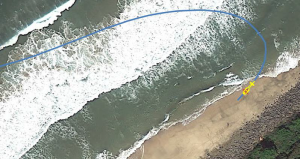
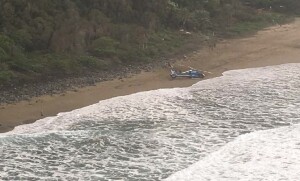

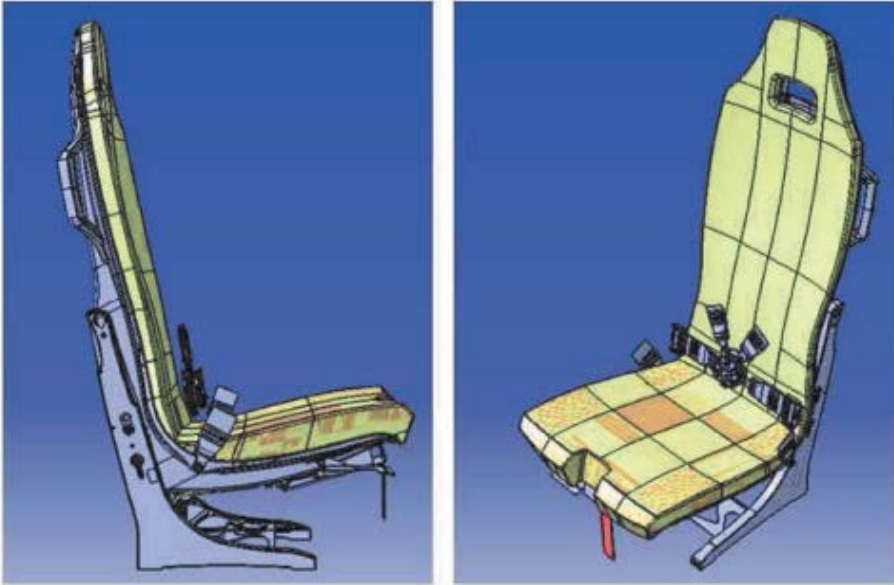

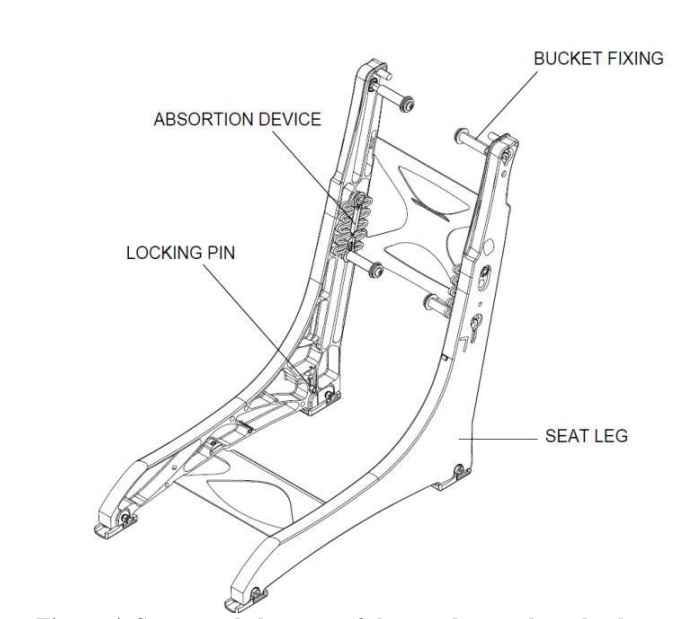

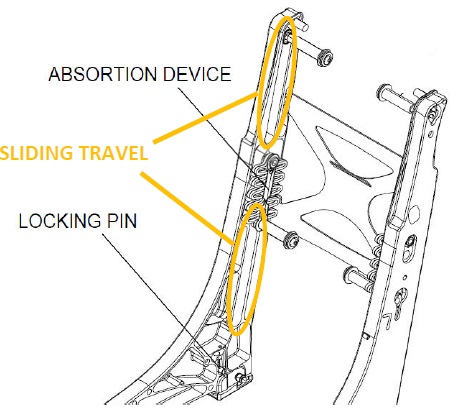
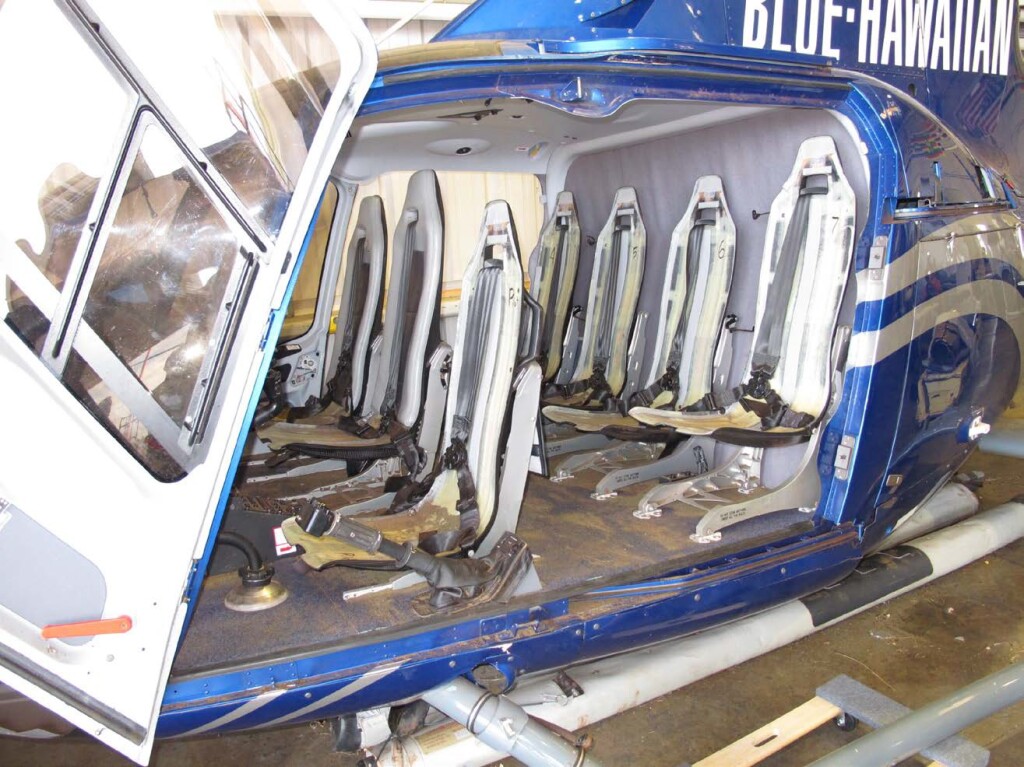
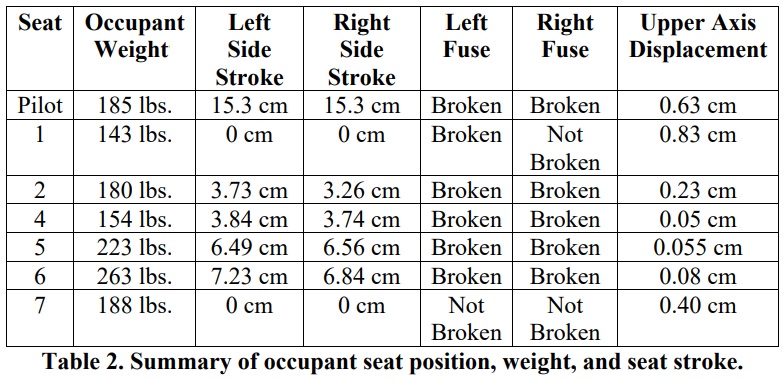

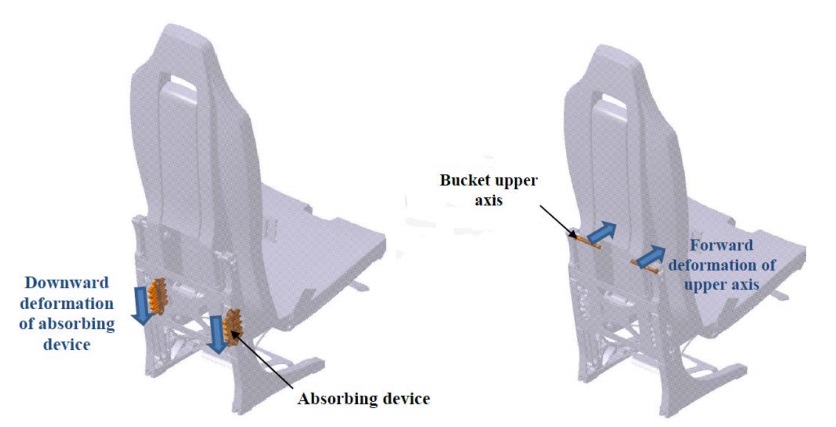
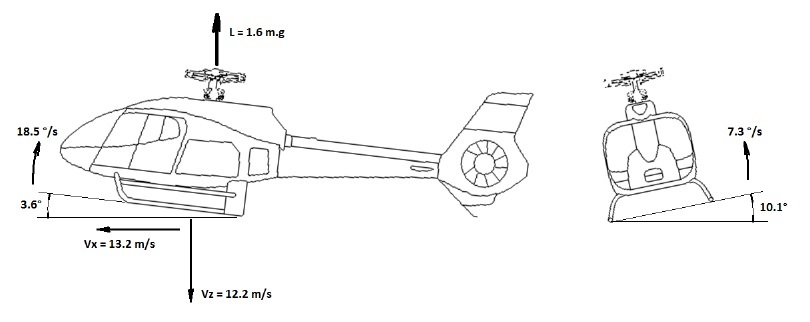
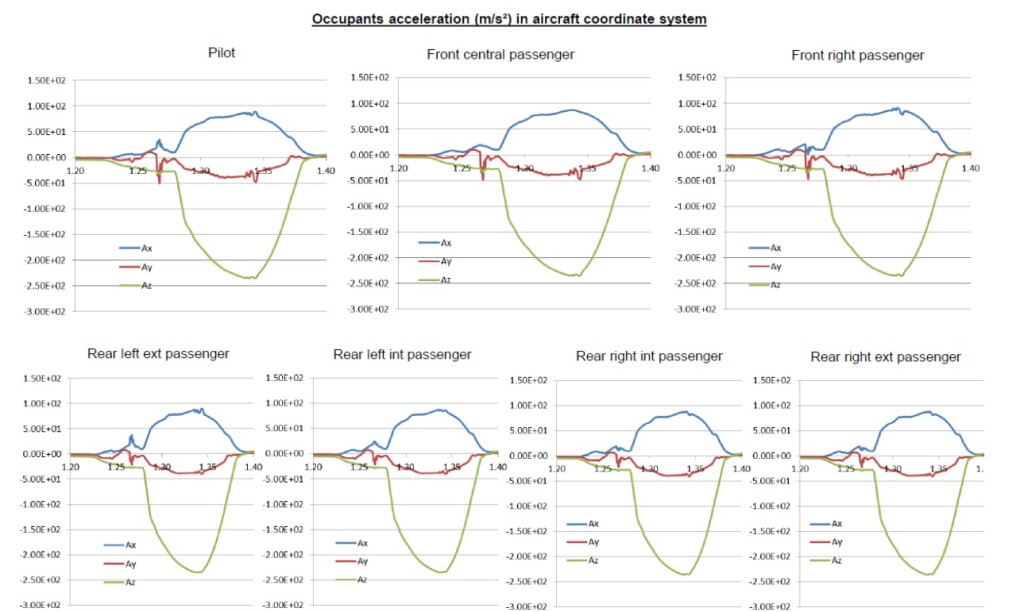

Recent Comments